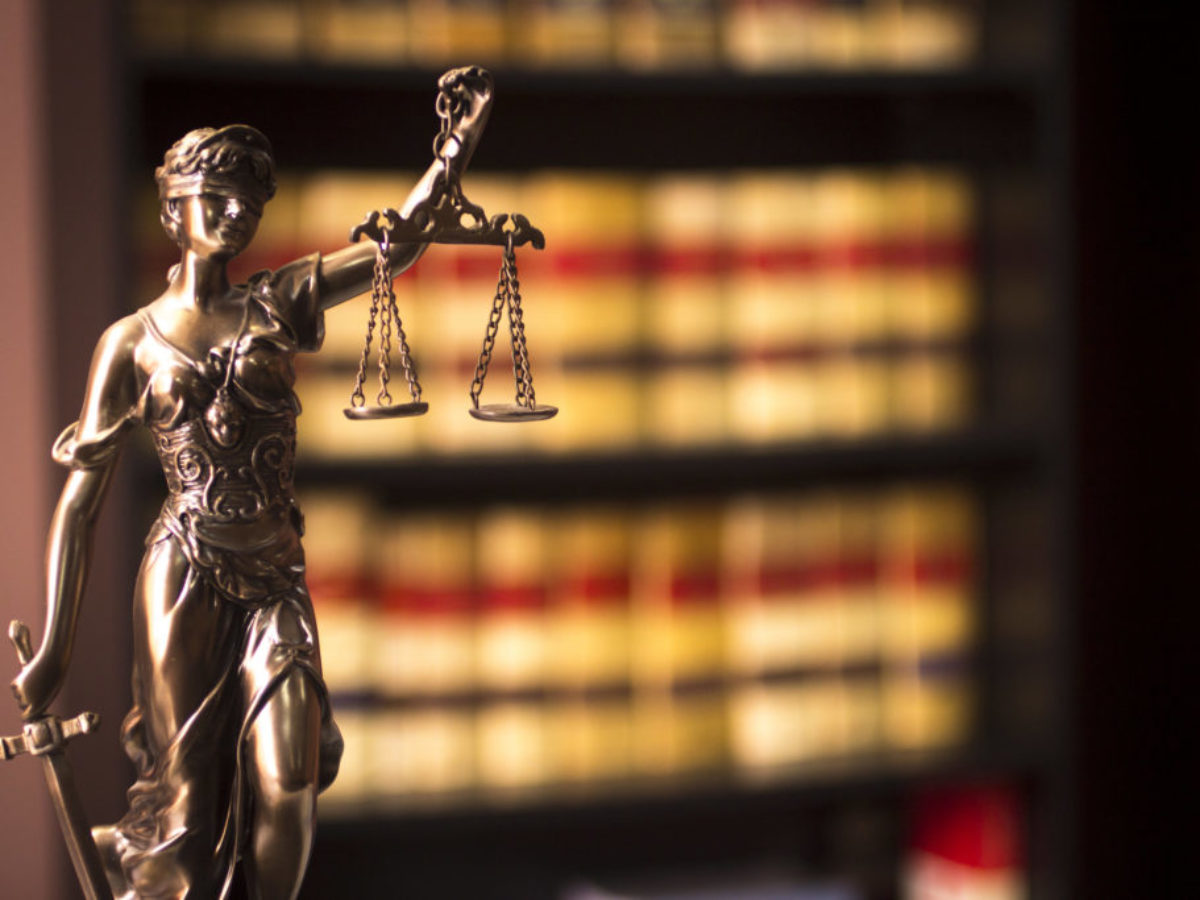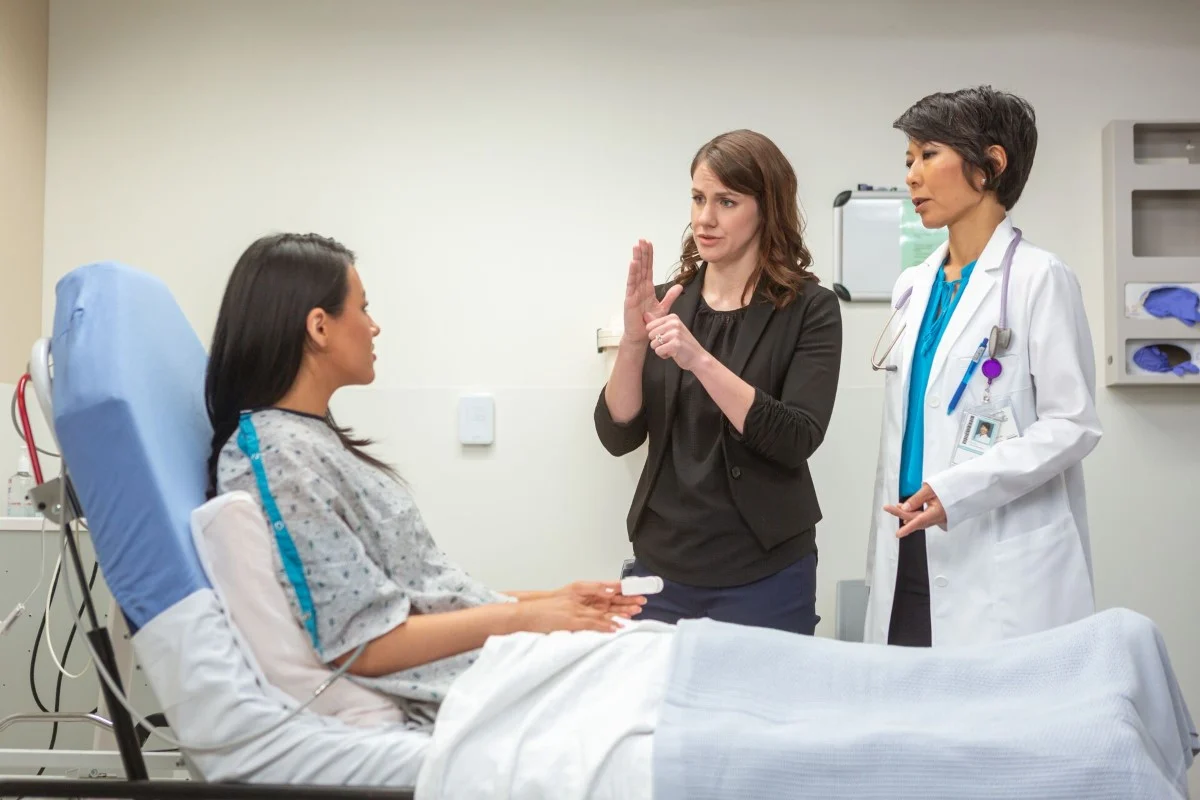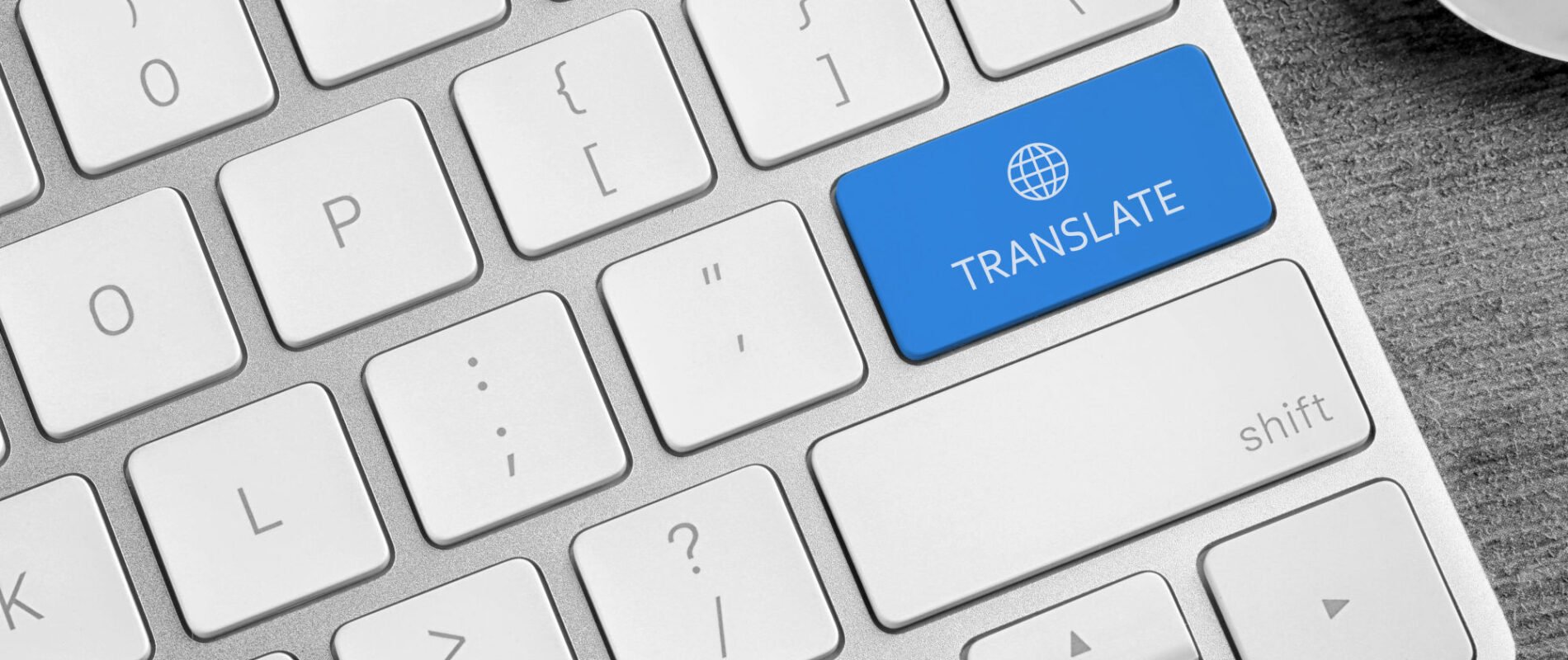The Tokyo 2020 Olympics will be remembered not only for its sporting achievements but also for its groundbreaking advancements in inclusive broadcasting. Japan's public broadcaster, NHK, pioneered the use of real-time computer-generated (CG) sign language commentary, allowing deaf and hard-of-hearing individuals to fully experience the excitement and drama of the Olympic Games. This innovation enhanced the accessibility of sports events and set a new benchmark for broadcasting technology worldwide. According to a 2006 survey by the Japanese government, there are approximately 358,800 deaf individuals in Japan, highlighting a significant demand for accessible broadcasting. Traditional sign language interpretation at live events faces challenges, including the limited availability of interpreters and the complexity of providing real-time, accurate interpretation for fast-paced sports events. NHK recognized these barriers and committed to developing a solution to enable the deaf community to enjoy sporting spectacles equally.
NHK's journey to develop CG sign language technology began in 2009, initially focusing on capturing hand movements. However, researchers soon realized that sign language involves more than hand gestures; facial expressions, including eyebrow and mouth movements, are crucial for conveying meaning. This realization led NHK to adopt a holistic approach, capturing the full spectrum of sign language elements. After eight years of development, NHK launched CG sign language weather forecasts in the Kanto region in early 2017, demonstrating the technology's practicality and paving the way for its expansion into sports broadcasting. Encouraged by this success, NHK set its sights on the Tokyo 2020 Olympics, aiming to provide real-time sign language commentary for sports events. To ensure success at the Olympics, NHK conducted trials during the 2018 PyeongChang Winter Olympics, introducing "robot commentary" based on Olympic Data Feeds (ODF)—an audio commentary system that converts text to speech—in four sports. These trials provided valuable insights into refining the sign language commentary methodology.
For the Tokyo 2020 Olympics, NHK developed a CG sign language commentator capable of providing real-time commentary for 10 Olympic and 7 Paralympic sports. The system utilized motion capture technology to record sign language for approximately 8,000 words, building a comprehensive database to support dynamic and accurate translation. NHK's real-time sign language broadcasting system combines motion capture technology and real-time data processing, showcasing technical sophistication and innovation. Human sign language interpreters' gestures and facial expressions are recorded using motion capture technology, creating a database of about 8,000 words, enabling the system to generate precise CG sign language for a wide range of content. During live sports broadcasts, the system receives real-time match data from event organizers, such as player names, scores, and fouls, which are inserted into pre-prepared sign language sentence templates. The system automatically selects and arranges appropriate gestures from the database to create corresponding CG animations, synchronized with the live video and transmitted over the internet. Viewers can see the video, sign language commentary, and match data on the same screen via PC web browsers or tablet applications, ensuring hearing-impaired viewers can follow events like other audiences. NHK continues to improve the realism of CG virtual characters, particularly in facial expressions, such as eye and eyebrow movements, to convey emotions and nuances effectively. While real-time rendering poses challenges, NHK's efforts illustrate the potential for future live broadcasts.
The CG sign language commentary debuted at the Olympic basketball and Paralympic wheelchair basketball events, chosen for their rapid pace and frequent stoppages, which provided natural breaks for explaining rules and fouls. A male CG character delivered the commentary, and the NHK website featured a volume meter reflecting the arena's excitement, adding immersion for viewers. This innovative presentation allowed deaf viewers to engage more deeply with the games, experiencing thrilling moments akin to those of hearing audiences. The introduction of CG sign language commentary at the Tokyo Olympics had a profound impact on the deaf community, providing real-time access to sports commentary and setting a precedent for future inclusive broadcasting practices. By leveraging technology, NHK overcame the limitations of traditional sign language interpretation, offering a scalable and consistent solution applicable to various events. Moreover, this technology has the potential to be adapted for other languages and contexts, extending its influence beyond Japan, representing a significant step toward a more inclusive society where technological innovation bridges communication gaps and ensures equal access to information.
NHK's initiative is part of a broader movement in Japan to enhance sign language broadcasting accessibility. For instance, Okayama Broadcasting Corporation (OHK) launched a dedicated sign language program to cover motorcycle racing accurately for television audiences, training deaf interpreters to express unique aspects of motorcycle racing, such as gear shifting and acceleration, in sign language. Supported by the Toyota Mobility Foundation, this initiative targets the 2025 Tokyo Deaflympics, underscoring Japan's commitment to inclusive sports broadcasting. The Tokyo 2020 Olympics will be remembered not only for its sporting achievements but also for its technological breakthroughs that made the games more accessible to all. NHK's CG sign language commentary exemplifies the power of innovation in creating a more inclusive world. Looking ahead, such technologies are hoped to become standard, ensuring everyone, regardless of hearing ability, can enjoy the universal language of sports.
For all your translation needs, trust Artlangs Translation. With a team of experienced linguists and cutting-edge technology, we provide accurate and timely translations in over 50 languages. Whether for business, academic, or personal use, Artlangs Translation is your partner in breaking language barriers.











